|
When I heard that Gal Gadot's Wonder Woman costume was going to be on display in Ft. Worth at the National Cowgirl Museum and Hall of Fame, I was there the day after the exhibit opened! It was part of the It's Never Just a Horse exhibition that opened the renovated second floor of the museum in March.
The REst of the Exhibition
While it's true that I went there just to see Gal Gadot's costume, the rest of the museum is definitely worth a look. This is actually the second time I've been there. The renovations have made it much bigger and better. I took a lot of photos of the exhibit upstairs. In terms of a costume collection it's certainly a niche area, but you have to admire the quality of the work. I had done a little research on Annie Oakley when we did Indians (she's a minor character compared to Buffalo Bill) and a little more when we were thinking about doing Annie Get Your Gun. She's a very interesting historical figure, but she's not the only female sharp shooter or even the only cowgirl. She's just the one they made the movie about. Let me tell you about another cowgirl, less famous, but more brave.
This is my maternal great-grandmother, Daisy (Angel) Watkins Lawson. She was born on Sept. 5, 1889 in Arkansas and soon after was carried to Waxahachie, Texas in the arms of her father. He had to walk alongside the covered wagon carrying her mother and all their worldly possessions because Daisy had whooping cough and couldn't sleep on what was surely a very rough ride. Daisy grew up to marry a rancher, William Henry Lawson, who brought her to his home in Mingus, TX after they were married in 1914. She gave birth to my grandfather on their kitchen table May 4, 1918. Unfortunately William died of Spanish Flu just 5 months later. Daisy never remarried. She raised my grandfather Bill, caring for him and managing the cattle ranch alone, with her trusty Border Collie, Fella, by her side. She milked cows, gathered chicken eggs, churned butter, cooked on a cast iron wood stove, shot game as well as predators, and taught Bill everything he needed to know about the land, the animals, and how to care for them both. When Bill grew up he went to Texas A&M to study agriculture, and upon graduation, joined the army to serve during WWII. Daisy continued to run the ranch by herself even though Bill tried to get her to hire some help after he left. The war ended, Bill got married, became a Colonel, and had kids of his own. He continued to serve his country during the Korean War from a desk in the US. He tried to come up there on weekends to help her out, but every time he told her he was coming to mow her lawn or fix something, she would have already done it herself by the time he got there. By the time us great-grandkids were born, he had finally persuaded his mom to sell the ranch and move to a house in town. She picked Santo which was 15 miles down the road from Mingus. She lived there, getting up at the crack of dawn, doing chores, baking break, and mowing her own lawn with a pushmower until the day she died in 1971. She was 82. FYI, the little girl in the photo with her isn't me. That's my Aunt Karen, who is the youngest of her grandchildren and the only person still alive who has actual memories of her. My mom shared Daisy's story with me when my grandpa died in 1997. And now I'm sharing it with you, so it won't be forgotten.
This museum, and specifically this exhibition, is a much needed highlighting of the history of women and their roles in the Western expansion of the United States. Particulars
Adult tickets were $12. Parking can cost $10 depending on where you can find a space. We were lucky and got a space in the museum lot and got free parking with our validated tickets. The museum has elevators and a gift shop, but no snack bar, so plan on eating somewhere else.
0 Comments
|
CategoriesArchives
July 2024
|




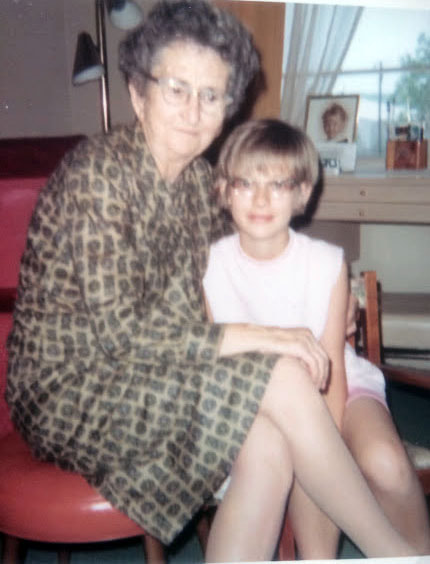
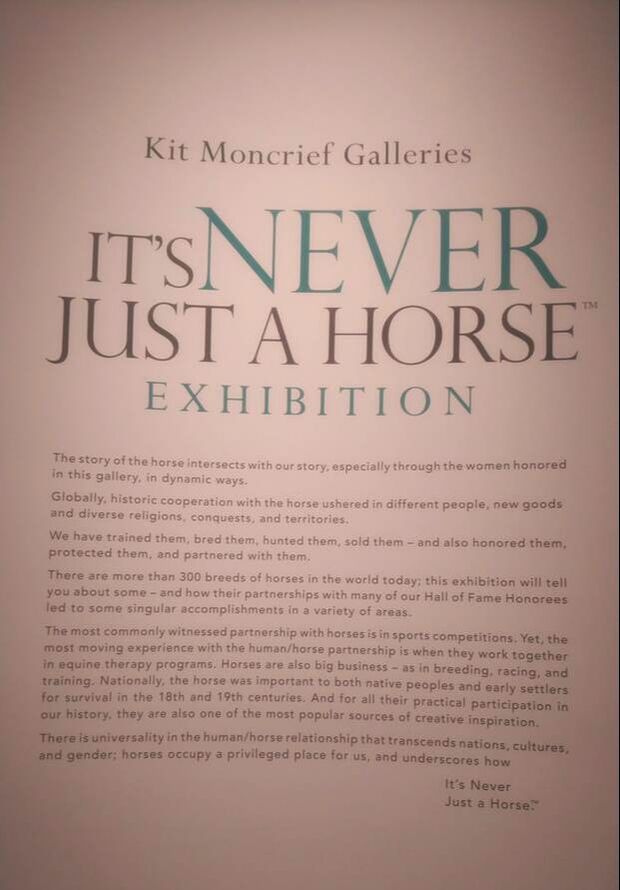






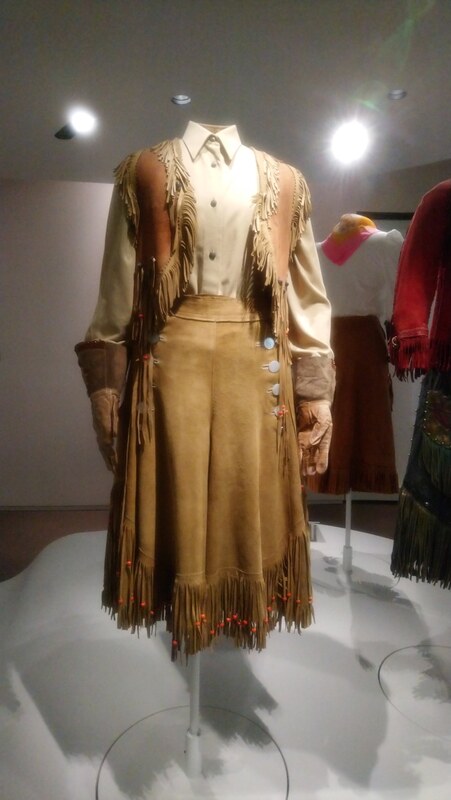






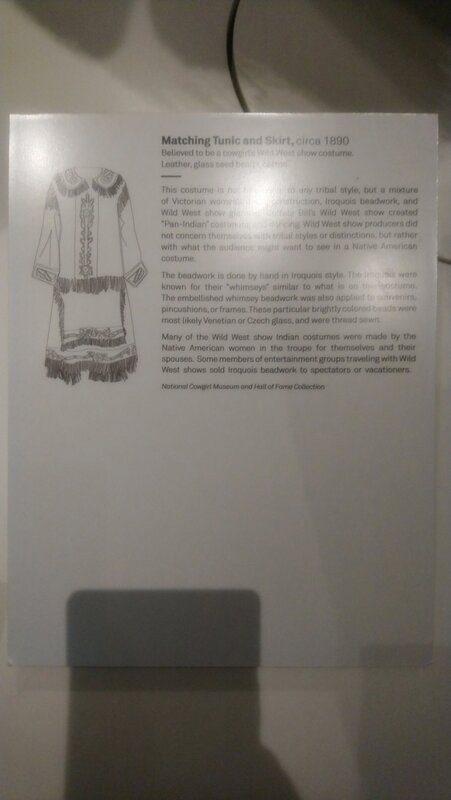
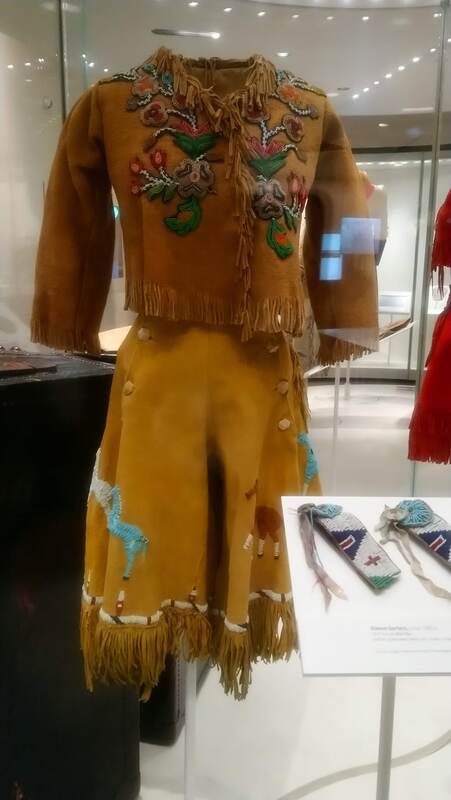





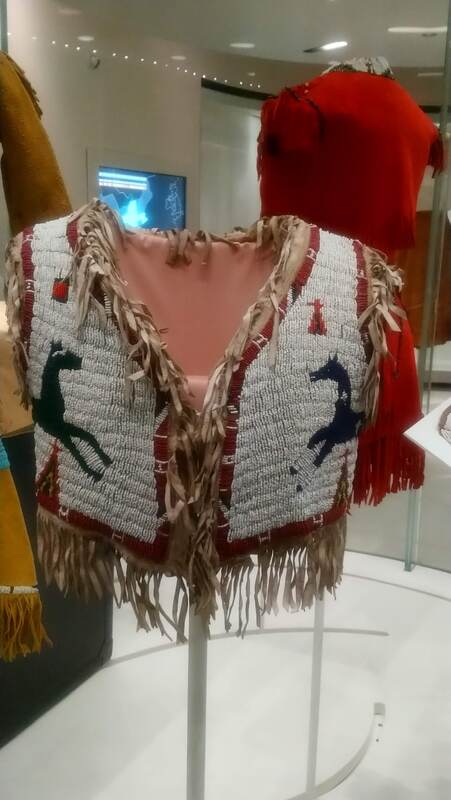


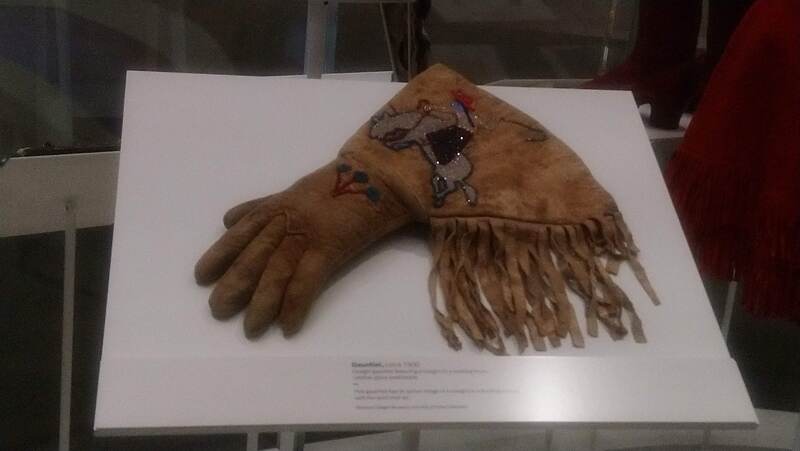

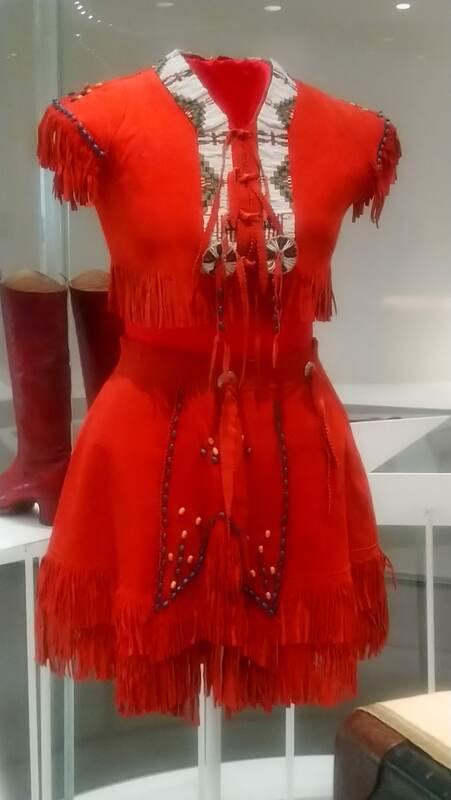





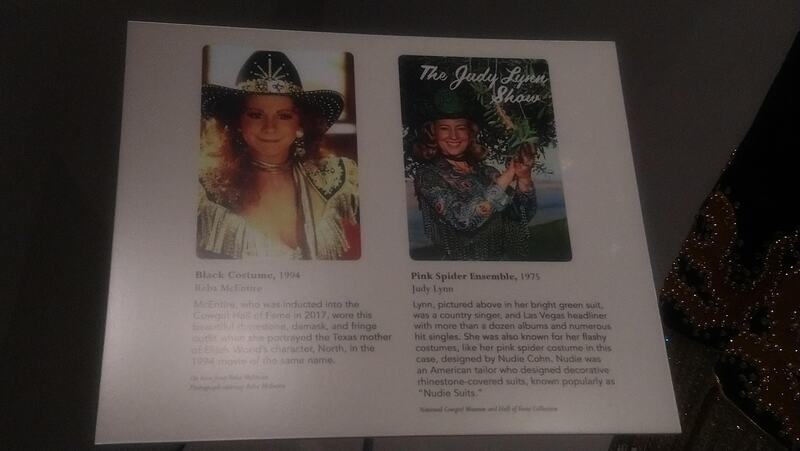
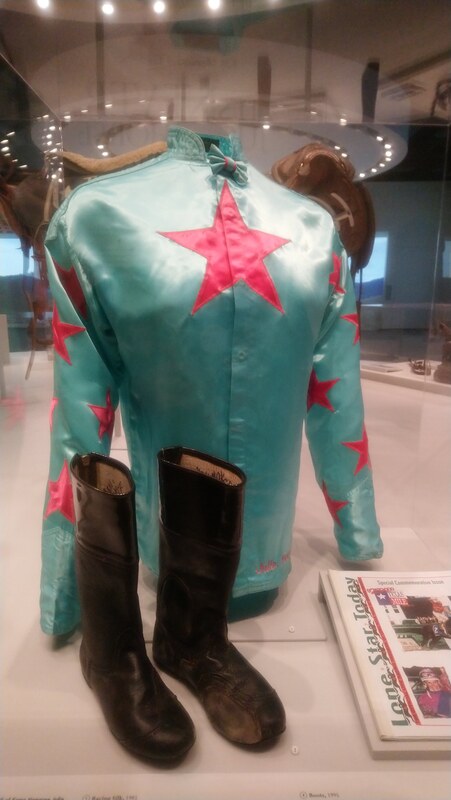
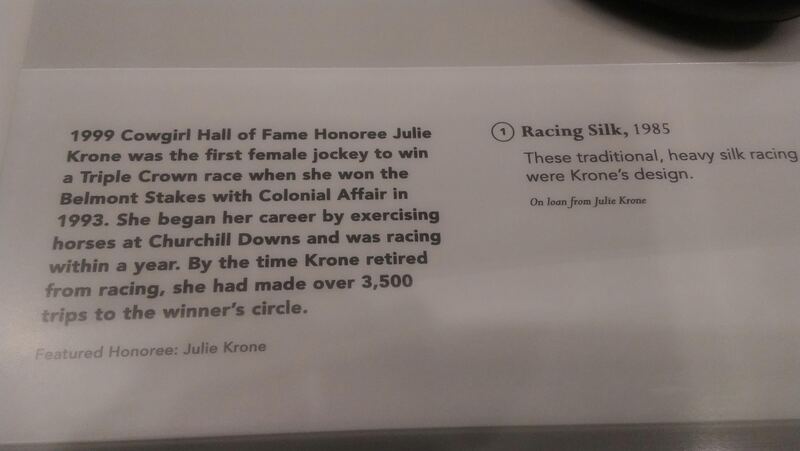




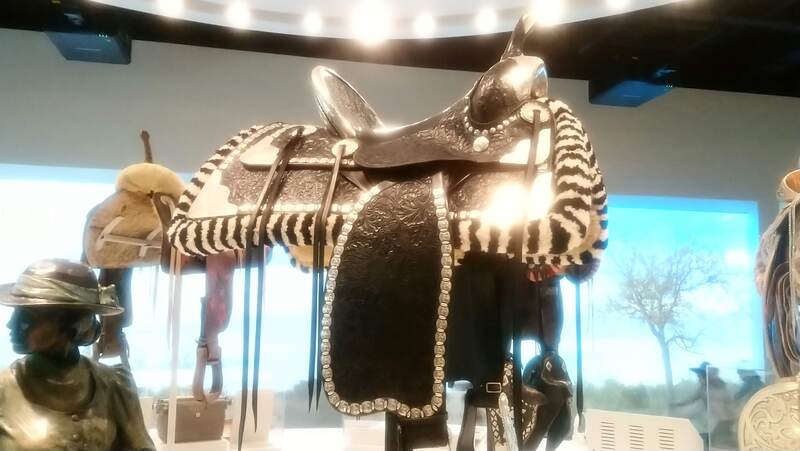











 RSS Feed
RSS Feed